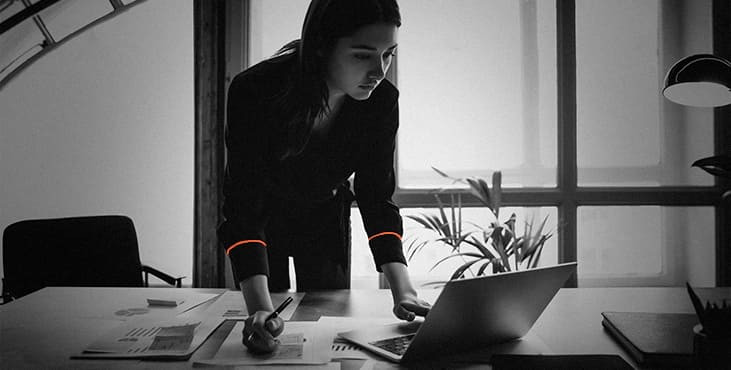
Checklist for a website self-editing
We have set up some rules for high-quality content editing of your website. Thanks to them, you will be able to independently place and arrange materials without harming the loading speed and ranking of the site in search engines.
Check the uniqueness of content
All texts on the website must be 100% unique. This greatly affects the output in the top of search engines. There are many free services for checking the uniqueness of text, you can find them on the internet. Also pay attention to the style of the text and spelling, check for typos and punctuation.
Use a typographer
The point of typography is to discard all the styles from MS Word, as well as put the right quotation marks and dashes, which greatly improves the readability of the content.
Content design
Basically, all content management systems have a built-in visual editor that will simplify the work of posting content. But do not forget that any text must not only be placed, it is important to format it correctly. The following symbols will help here:
<.h2.>, <.h3.>, <.h4.>,— design of headings and subheadings. Just put a sign before and after the phrase: <.h1.>Title<./h1.>;
<.hr.> - separator bars. Look beautiful and unobtrusive under headings or quotes;
<.li.>, <.ol.> - bulleted and numbered lists. Use when listing;
Write quotes in italics or in a background.
Don't forget to align images with text or set them to 100% width. But do not oversaturate the content with images and subheadings. Always look at the material from the outside: how would you perceive the content on the page?
Image titles
Before uploading an image to the website, rename it. Name the image with the keywords of the page or the image itself. Please note that you need to use the English language, because not all CMS work correctly with your native language.
Do not leave names like "IMG_6078.jpg". You will be able to easily navigate through your images, and search engines use this information to rank in search results. To make it easy for Google to identify the image, use ALT and TITLE.
Alt is the text that appears in place of the image that is not displayed. Title is a description of the file that appears when you hover the cursor. Set them in the tag. Write concise names for files, 1-3 words are enough.
Image compression
Before placing any photo on the website, it is desirable to compress and reduce them for the fastest loading of the page. Google, by the way, uses this time as one of the ranking factors. Moreover, it saves a lot of space on hosting.
The optimal image size for a site is considered to be up to 1000px, both in width and height. You can resize an image using Adobe Photoshop. There are many online services for compressing images. Images are added by drag and drop and you can send several pictures at once.
One last but very important tip. Always clear your browser's cache before viewing any changes to your site. To do this, use the hotkeys "Ctrl + Shift + Del" and enjoy the updated content.
Get a free web development consultation
Tell us what you think
By clicking 'Submit', you agree to Privacy Policy and authorise our staff to contact you. You are liable under the Personal Data Protection Act if you key in false personal data or other people’s personal data.
offers and news
